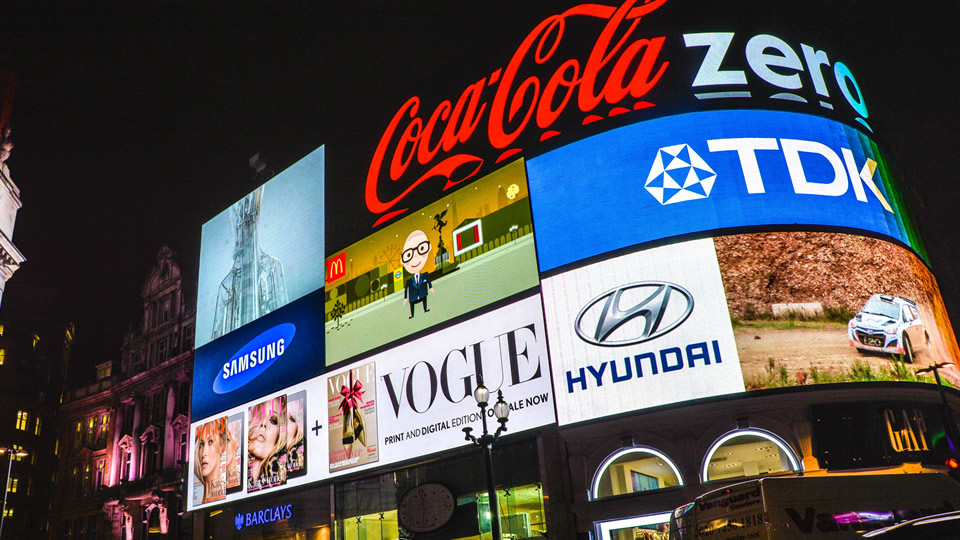Outdoor led displays are a smart investment for businesses that want to stay visible and relevant. But no matter how advanced the technology is, if your screen can’t handle wind, rain, dust, or heat — it won’t last. That’s why weatherproofing isn’t just a technical detail; it’s one of the most important parts of owning an Outdoor LED Display.
Below are a few practical tips to help you keep your LED screens safe and functioning properly in all kinds of weather.

1. Choose the Right IP Rating
When buying an outdoor LED display, check its IP rating. This tells you how resistant it is to dust and water. For outdoor use, look for at least IP65. The first number (6) means it's completely protected against dust, and the second (5) means it can handle water jets from any direction — like rain or light hosing. If your area gets a lot of heavy storms, you might want an even higher rating.
2. Ventilation Is Just as Important
Some people only think about rain and forget about heat. Outdoor displays generate a lot of internal heat on their own, and when the sun hits them, temperatures can rise quickly. Make sure your screen has proper ventilation or built-in cooling fans. Overheating shortens the lifespan of the LEDs and can cause screen failure — which leads to expensive repairs.
3. Use Weather-Sealed Cabinets
The metal cabinet around your display is your first line of defense against the elements. Choose one that’s tightly sealed and rust-resistant. Aluminum or powder-coated steel are good choices because they don’t corrode easily. Also, check that all seams, doors, and cable ports are sealed properly — any gap can let in moisture or dust over time.
4. Protect Your Power Supply
Electrical parts and moisture don’t mix. Make sure the power supply and control box are located in a dry, protected space. If they must be outside, place them in a waterproof enclosure and use rubber gaskets around all openings. Even small amounts of water can lead to short circuits or data errors.
5. Don’t Forget Routine Checks
Even if your display is well-protected, it’s still exposed to the environment every day. Set a routine to inspect it monthly. Look for signs of water stains, rust, broken seals, or loose panels. Catching problems early is much cheaper than waiting until the display shuts down completely.
6. Plan for Extreme Conditions
If your business is in a region with snow, hurricanes, or sandstorms, take extra precautions. In snowy areas, make sure snow buildup won’t block the ventilation. In windy places, reinforce the mounting structure to prevent the screen from swaying or falling. For desert areas, fine dust can clog filters — so filters should be cleaned more frequently.

